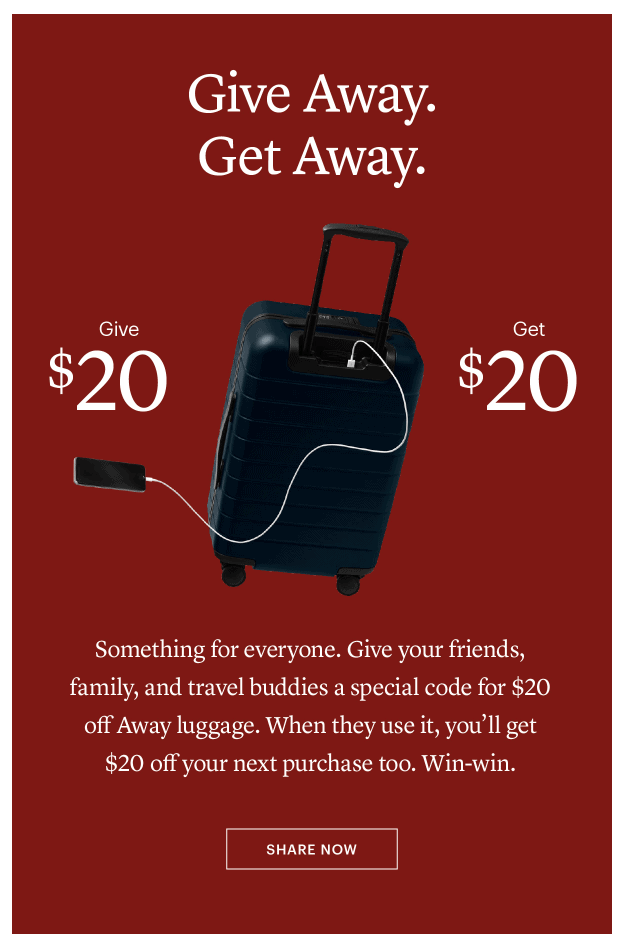
If you’re feeling overwhelmed with tweaking your marketing efforts, let me give you the (not-so-secret) formula for eCommerce success:
Send the right messages to the right prospects at the right time, and you’ll earn more.
The essence of successful eCommerce marketing lies in knowing your prospects well.
- Where are you on the buyer’s journey?
- What are your main problems?
- How can you solve these problems for them?
- And so on.
By answering these questions, you can convince potential buyers to take the next action they want.
By building an e-commerce sales funnel for your online shop, you can map the buyer’s journey and determine what to do at each stage.
Because let’s face it, not everyone who has heard of your brand magically becomes loyal customers.
Smart Insights found that an average of 43.8% of your website visitors view a product page, and only 3.3% of them make a purchase.

As they visually demonstrate, eCommerce consumers move through a funnel.
Your goal should be to streamline your marketing efforts at each stage of the funnel to make sure you get as many users as possible into the next stage.
A typical eCommerce conversion funnel has four stages:
- awareness
- consideration
- decision
- loyalty
Today I’m going to show you how to tweak each stage of your eCommerce sales funnel and get users to move down. To do this, use 11 actionable strategies and examples from leading eCommerce brands.
Step 1: awareness
Here’s how it works: The user has a problem in mind and is looking for an answer. Maybe he just found out that the problem he’s having has a name. Then he realized that your online store is one of the possible solutions for him.
He is now in the level of consciousness.
It would help if you convinced them that you are the best possible solution for their needs.
The level of awareness is the first point of contact you have with your prospects.
As the name suggests, these potential customers are their problem, and your brand awareness a recommendation, a Google search, or only by accident, either through social media.
Your primary goal is to get as many users as possible into this phase.
But not every visitor would do that. It would help if you had visitors looking for your product’s interest to move quickly to the next level.
That is why you need to drive targeted traffic to your eCommerce website to convince them later. And there are two effective ways to attract more targeted visitors to your online store
- Paid; and
- Organic.
Let’s take a quick look at both.
1.Facebook Ads to get targeted traffic
With more than 2.32 billion active users per month, Facebook is the perfect platform to create awareness for your brand.
Fortunately for marketers, Facebook ads come in many different forms for your conversion goals.
With the help of Facebook Ads, you can quickly promote your brand and attract targeted visitors to your e-commerce website.
The best part is that there are no limits to how you can use the platform.
Here are some Facebook ad best practices for your funnel:
i. Modify your value proposition
By communicating your value proposition with Facebook ads, users can quickly understand what your business is about and what value you can offer them.
With a clear value proposition to give users a reason to purchase from you think. They explain how your products are the best solution for them and differentiate yourself from the competition.
Here’s how ArtSnacks incorporates their value proposition into their ads:
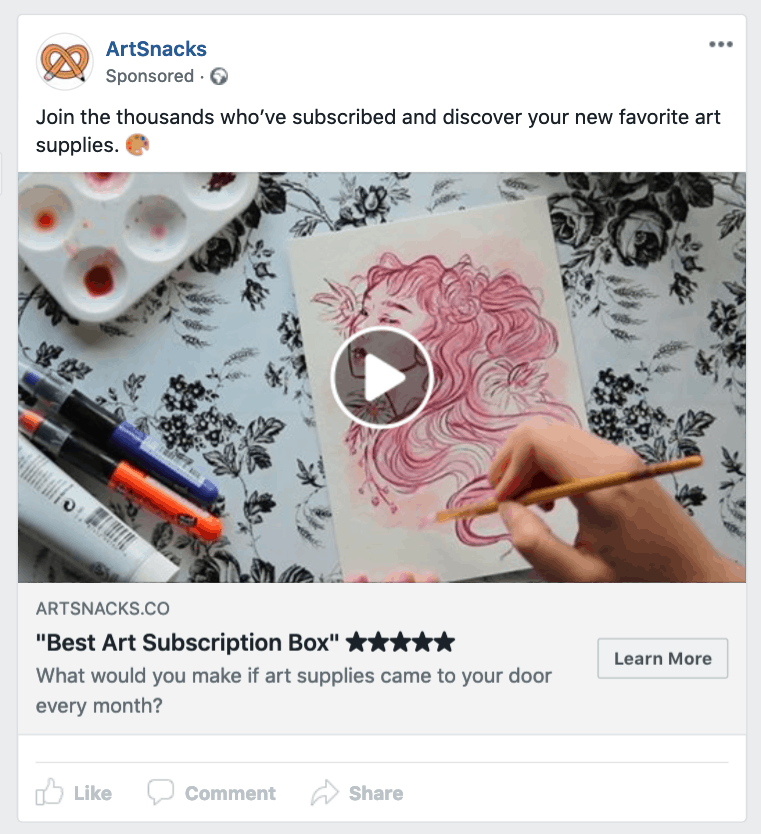
ArtSnacks aim to make more people aware of their online shop. And they do this successfully by letting their potential customers know what they think of it: “Discover your new favorite art accessory.”
They combine their value proposition with strong social proof by using five stars and their customers.
Finally, they redirect visitors to their website with the “Find out more” button.
ii. Show product categories
Another way to create awareness for your brand is to explain what customers can find in your online store.
Listing all of your products is not an option, but you can group products under brand names or categories.
The Facebook carousel ads allow you to display multiple products in one ad and help people learn more about your product range.
Check out this example from Beauty Bay:
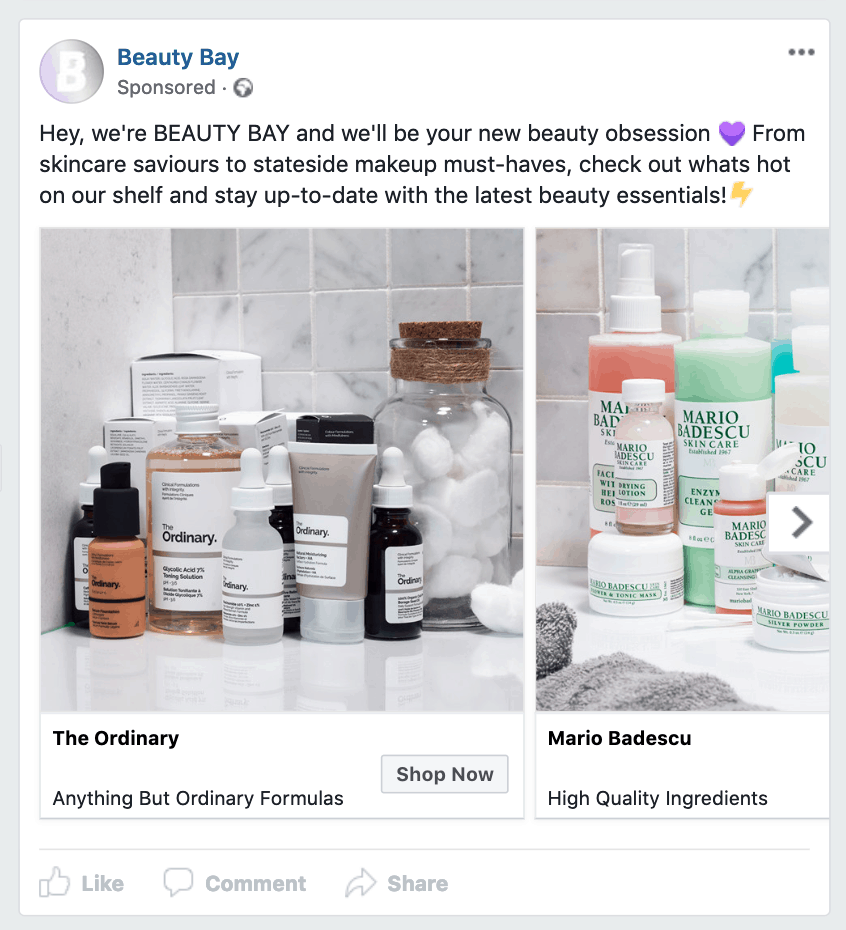
They showcase the brands they sell in their online store to attract potential customers.
By clicking the “Shop Now” buttons, users can go to the branding page they want, which gives them a better chance of getting into the deliberation phase.
iii. Promote offers
Promotions and special discounts on Facebook impact several stages of your conversion funnel.
One way to get users’ attention during the awareness phase is to offer introductory discounts.
Blue Apron advertises its offers and products in a Facebook ad:
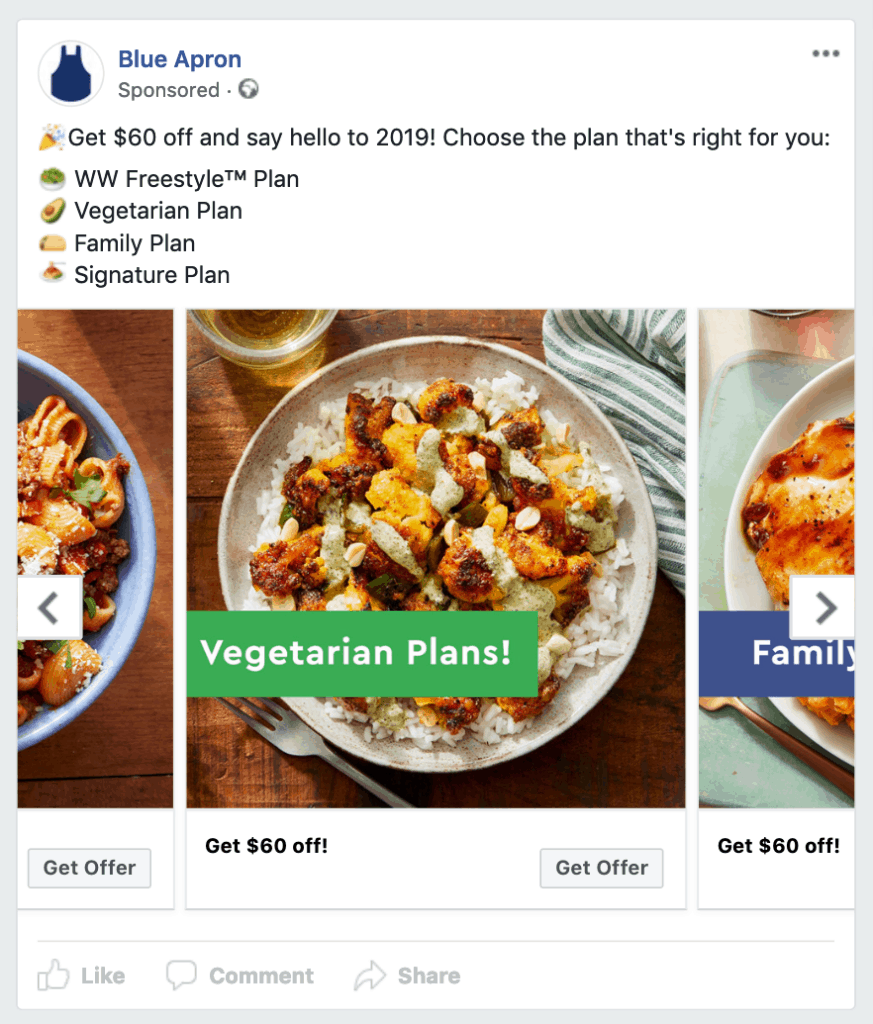
Notice how they go beyond general call-to-actions and entice users with the “Get Quote” button instead.
Like Beauty Bay, the company also uses Facebook as a catalog to display its product categories with carousel ads.
iv. Promote content
During the awareness phase, avoid highly competitive and intense product advertising.
Incorporating product marketing into your website’s content is a subtle way of promoting your product to potential customers. You can use Facebook ads to promote your content to a relevant audience.
This is how Casper does it skillfully:
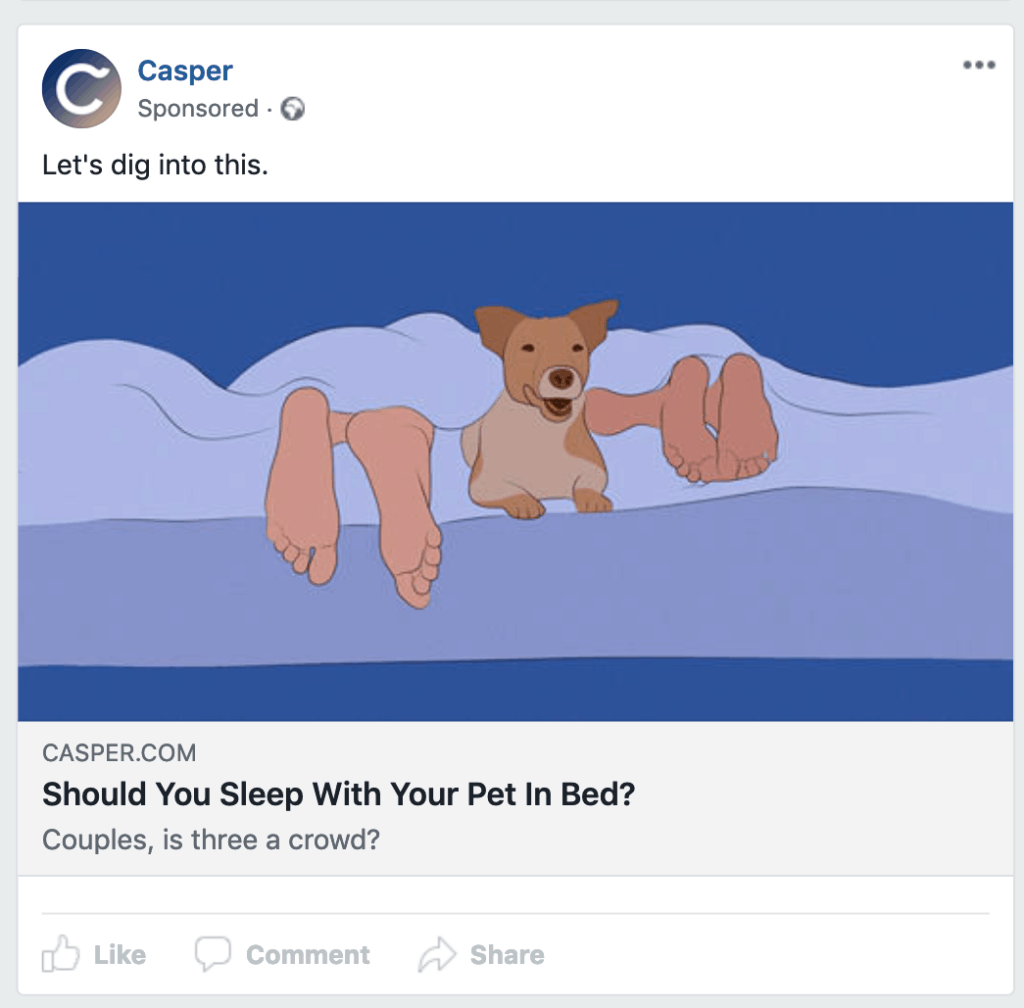
Instead of promoting their bedding in this ad, they direct visitors to a blog post about sleeping with dogs. When the content reaches the users, they click on the ad and visit the website. And this is what you see when you click on the ad:
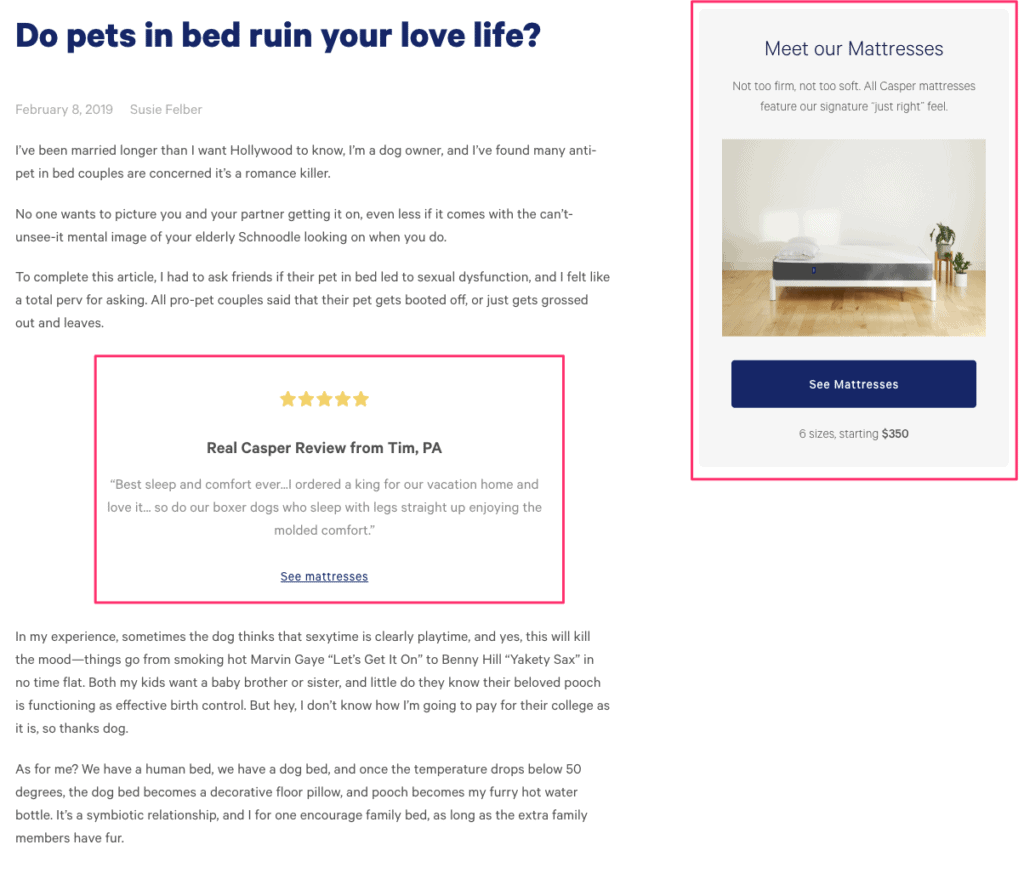
It’s primarily about having pets in bed, but Casper also embeds product advertising in the mail. Now that the reader knows Casper and is interested in the topic, he might want to take a look at his products too.
2.Create content to attract visitors for free
Facebook is a useful tool for promoting your online shop to a specific audience.
However, you can still get highly relevant traffic to your eCommerce website even if you don’t have an advertising budget.
Consumers start their journey with a problem or an idea. Why don’t you offer them solutions or suggestions with content?
You already have sufficient knowledge in your field. All you have to do is find a way to share this with your prospects.
Content is a big buzzword and can put many eCommerce marketers off. However, you don’t have to write long blog posts or host webinars to drive people to your website.
Whether it’s a short tutorial video on YouTube or a free tutorial on your eCommerce website, this stage allows you to create content for users without a humongous advertising budget or crowded marketing team.
Offering content upgrades is also smart to collect valuable leads that you can nurture with email marketing and move down your funnel.
Beardbrand does content marketing right. That’s why you most likely come across their blog posts when you search for “How to Grow a Beard”:
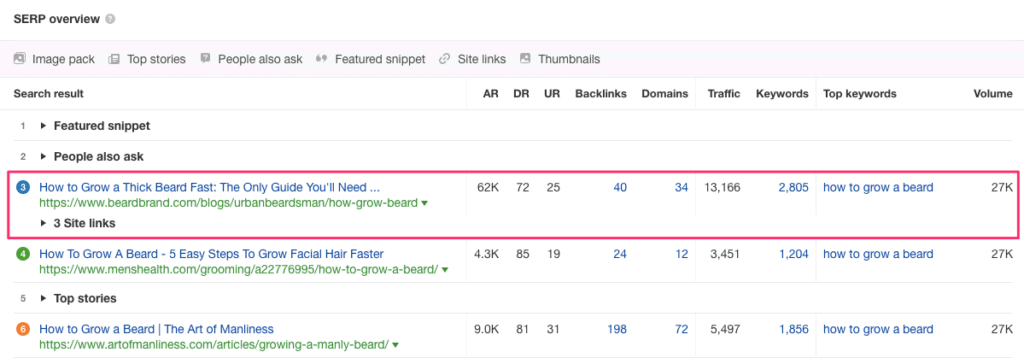
Thanks to their in-depth blog posts, the company scores well on keywords like “how to groom a beard,” “should I shave my beard,” or “can I grow a beard.” These are incredibly relevant and important questions that top of funnel users consider. And Beardbrand answers them with their blog posts. The company is also very active on YouTube, sharing how-to videos and entertaining content to educate and entertain users in the awareness level:
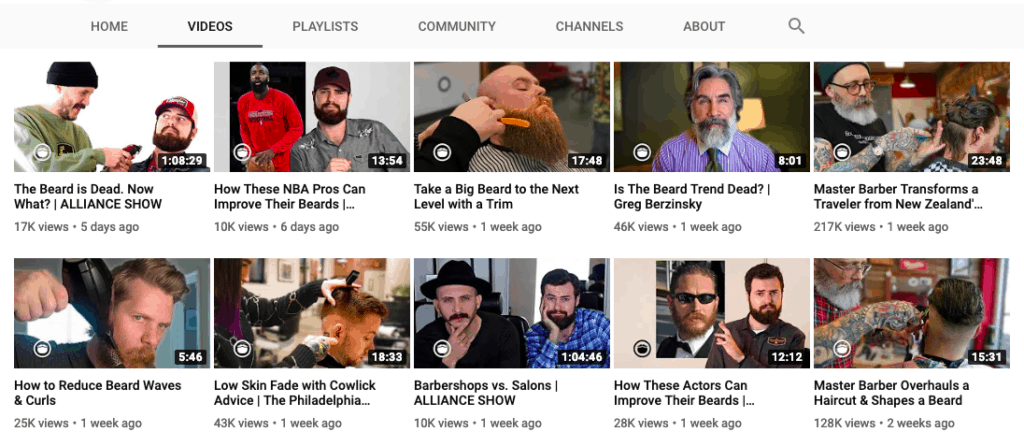
If you don’t know where to start, check out Quora or Reddit to find out about your customers’ vulnerabilities. Learn about the questions they ask, collect the words they use, and answer their questions in your content. For best results, combine content marketing with paid ads and increase targeted traffic in your online store.
Step 2: Consideration
You have managed to drive targeted traffic to your online shop through organic and paid channels.
Now you have people who are brand aware and care about you.
They might be browsing your product pages, or you might have turned them into email subscribers.
Consumers at this stage are now considering buying from you. Your goal is to move them over the funnel and help them with the next action, e.g., B. when adding a product to the shopping cart or a wish list.
At this stage, you should remove any doubts your visitors have and make things easier for them.
Subtly promote your content and products using email marketing and win over website visitors with compelling copies.
3.Use social proof across channels
Social proof, a one-stop-shop for many marketers, refers to our assumption that others’ thoughts and actions are the right behavior in a given situation.
Social proof applies to many aspects of everyday life, and e-commerce is no exception.
Social proof works at every stage of the eCommerce sales funnel and is an excellent tool for convincing website visitors of your online store’s quality and credibility.
Social proof has many uses across different channels. Here are some of the best ways you can implement it to get users down the funnel.
i. Social proof on the website
Your online store is the first place you should get social proof of your brand.
One of the most typical ways to present social proof is through customer testimonials.
You can showcase your customer reviews on product pages, and your homepage just like Tuft & Needle does:
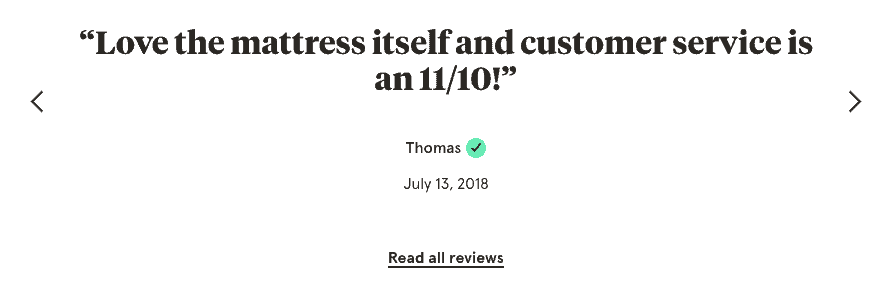
By using customer testimonials on your homepage, visitors can be impressed quickly and converted more efficiently.
Tuft & Needle also has its page for all product reviews where you can use detailed filters:

This allows visitors to read both positive and negative reviews before making a decision. If your goal is transparency on your eCommerce website, be sure to view all of your reviews.
Another way to use social proof on your website is with user-generated content.
You can regularly save your customers’ pictures, videos, and social media updates on your website. This way, you can show your products in action and create social proof for them.
This is how Allbirds displays user-generated content on its product pages:

(Don’t forget to add information about how customers can submit their pictures and consider adding an incentive to encourage them.)
ii. Social proof in email marketing
The email should be the key channel to get your prospects involved in the consideration phase.
Social proof and email marketing are the perfect combinations to convince users to take the next action.
How you combine the two is entirely up to you. If you want to send emails based on social proof, get inspiration from Brooklinen:
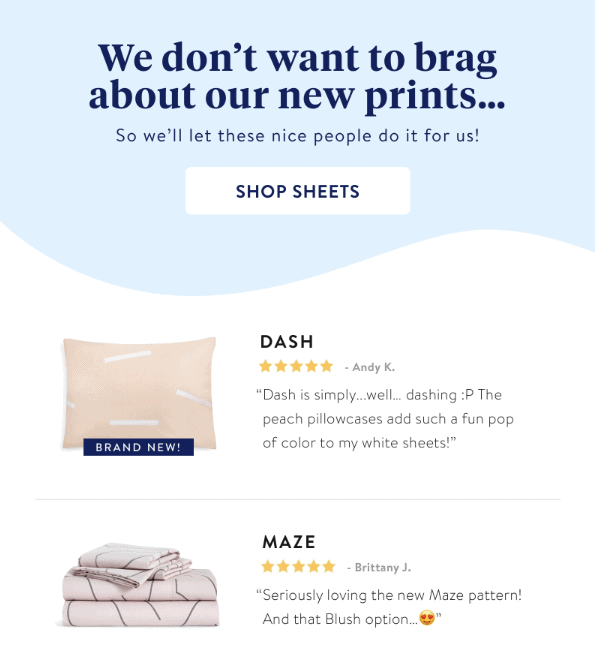
If you’re looking for subtle ways to include social evidence in product promotion, check out how Firebox does it:
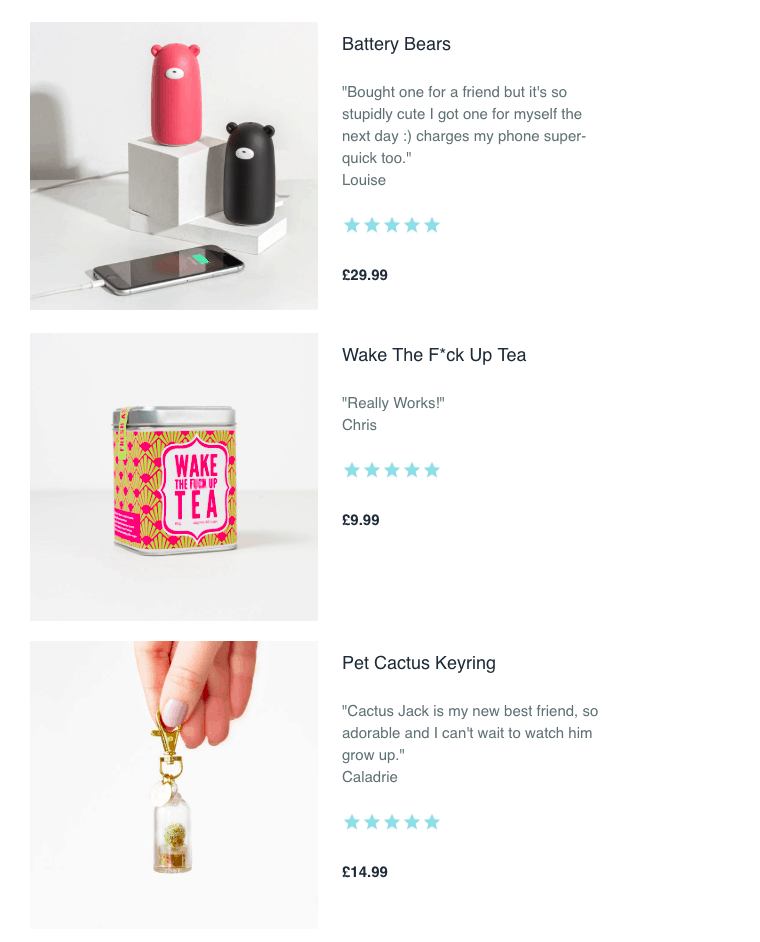
Don’t forget to include Social Proof in the subject line of your emails too. You can include direct quotes from your reviews in your subject lines or imply the positive feedback you’ve received.
iii. Social proof in paid ads
If you’re running ads at any point in your conversion funnel, social proof is always an essential addition to your ad copy.
You can incorporate social proofs into your retargeting campaigns or social ads to motivate users during the observation phase.
This is how Fabletics does it on Facebook:
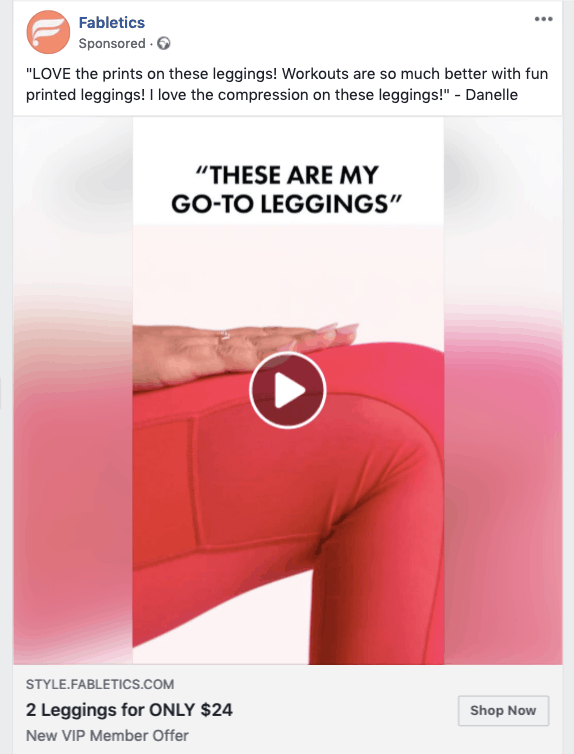
The company is promoting an offer on Facebook to attract interested visitors, and they are targeting the campaign around social evidence.
It is much more powerful than presenting the product in isolation, as it is more indicative of the value customers are getting from the product.
4.Optimize your product pages
On the product pages, you win the hearts of your potential customers already in the consideration phase.
It would help if you reassured visitors that your products are the best solution and push them to add products to their cart.
At this stage, you should align the copy of your product page with general questions from customers and remove any doubts.
Start doing keyword research to understand what your buyer persona is looking for. Then use those insights in your copy and position your products in response to those concerns.
i. Product description
Firebox, an online shop that sells “unusual gifts for people with imagination,” brings insightful descriptions to market for product marketing:
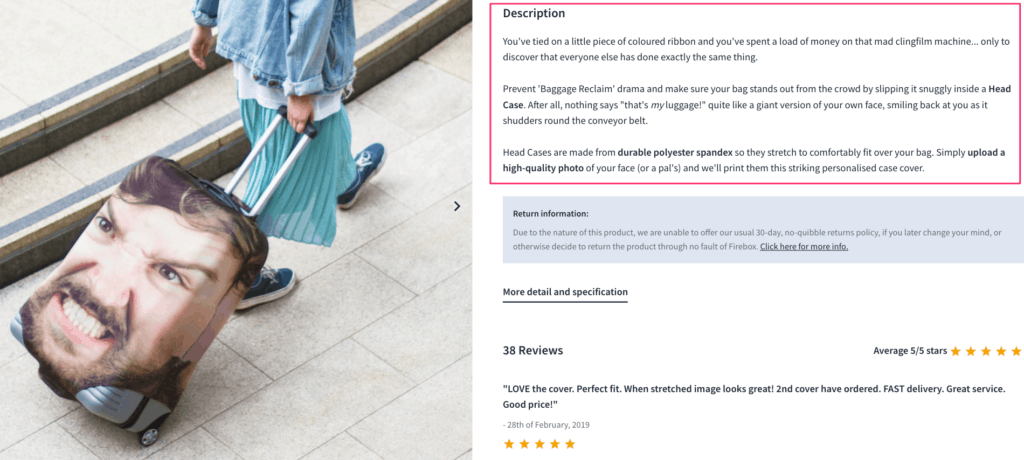
First, they pose a common problem: They try to distinguish your luggage from others. Then they offer a fun solution to prevent this “baggage return drama” with personalized luggage covers.
If you read this description, you can easily relate to the problem. And if this is your kind of product, you will think it’s a brilliant solution and add it to your cart.
ii. Call-to-Actions
If you use the “Buy Now” button on all of your CTAs, we need a serious conversation.
Perspectives in different phases have different needs.
And when you’ve tried convincing all of them with generic CTAs, it’s time for a change.
When writing CTAs, keep in mind the value you attach to this action. Why or what exactly should you buy now?
Take a look at this example from Birchbox:

The company sells subscription boxes and knows that people can buy them as gifts for others and pamper themselves.
For this reason, you use two different CTAs next to each other in the footer: “Give now” and “Treat yourself.”
They’re both more potent than “Buy Now” as they contain the reasons why you should buy them now.
iii. Shipping and return information
Unexpected costs are a deal-breaker for online shoppers.
60% of consumers leave their shopping cart when they see unexpected additional costs.
Because of this, you need to explain your shipping and returns processes as clearly as possible to move potential customers to the next level.
Man Crates doesn’t just give customers an estimated shipping date…
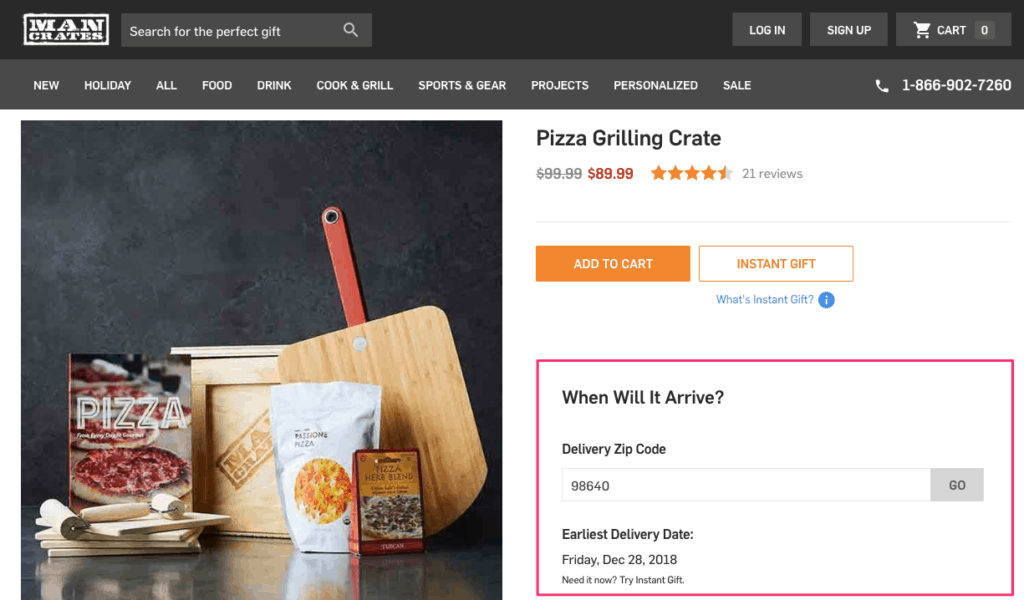
5.Promote products with curated emails
Interested parties in the observation phase are ready to find out more about your products.
Instead of selling them, promote your products in more subtle ways through email marketing.
Curation emails are a smart way to promote a product without generating too many sales. They work even better when you use them with persuasion campaigns like Scarcity or Social Proof.
Curated emails also help you understand your subscribers’ interests, so you can better segment your email list and send targeted campaigns.
You can occasionally send out curated product emails to convert leads who are considering buying from you. Or you can include them in your newsletter if you already have one.
There are a couple of different ways you can frame this type of email.
You can add social proof to your emails by positioning them according to customer favorites or best-sellers like bombas:
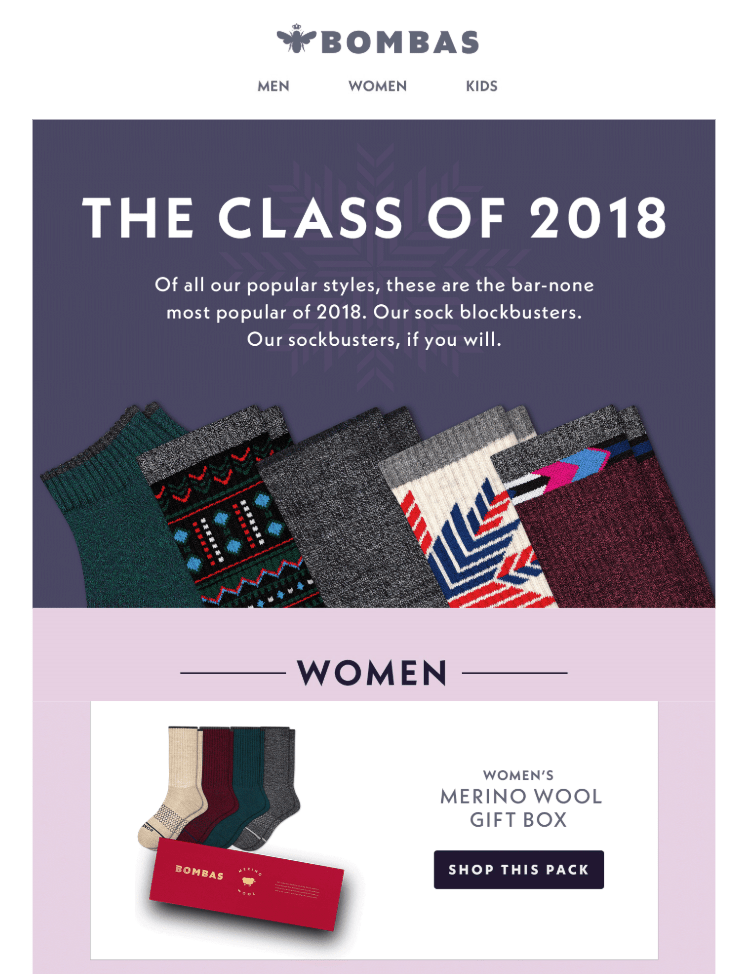
The company sent me this email late last year with the subject “The 2018 Bombas Best Sellers”. They curate their best selling products and divide them into categories for simplicity.
Bestseller is a magic word because it already contains a lot of social proof.
You can do bestseller rounds like Bombas and curate top products of the month, season, or a specific category. It’s a great excuse to promote your products without hassle.
If you want to authorize curation emails, you can position these emails as Our Favorites or Must-Haves.
Step 3: decision
You attracted interested visitors to your eCommerce website and convinced them to take action through email marketing and persuasive copies.
Perhaps you have added a product to your shopping cart or wish list. All they need now is the final nudge to complete the transaction.
You need to protect potential customers from potential interruptions during the decision-making phase and give them a gentle nudge to complete the purchase.
Website news and emails will be your preferred tools at this point.
Let’s see how.
6.Take advantage of news on the site
No two visitors are alike.
Some will complete a purchase during their first session, and many others will go through the entire funnel to eventually buy from you.
Because of this, you need to differentiate between first-time visitors, subscribers, and returning visitors and create specific campaigns that better target them.
If you are already thinking about prospects as a customer, then I have bad news for you.
With around 70% customer exiting rates, you can’t afford to take these leads for granted.
Instead, you should associate them with news on the website and nudge them gently when they decide to leave your site.
Exit-intent campaigns are the perfect tool to track abandoned visitors and provide them with discounts or email marketing.
Here is an example from a minimum :
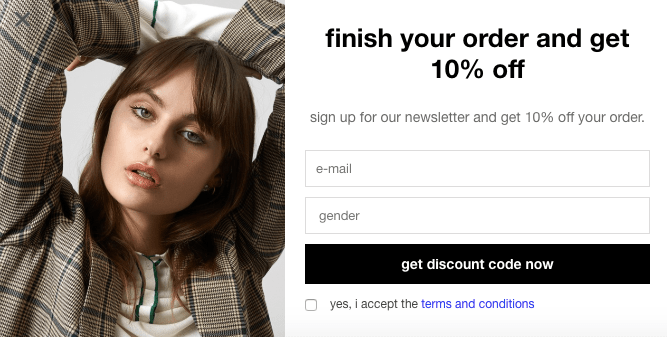
This campaign, triggered by exit intent, helps the company reduce shopping cart absenteeism and collect warm leads that it can nurture with email marketing.
It has a clear message, two input fields and a benefit-oriented CTA copy. That’s all you need for a high-converting exit-intent campaign.
7.Toast visitors while checking out
Your checkout page is the last thing between you and your visitors.
At this point, you can turn them into (loyal) customers or lose them forever.
A well-designed checkout page with multiple payment options and compelling CTAs is a must for any eCommerce business.
However, there is still something you can do to encourage visitors at the checkout step:
Harness the power of free shipping.
The free shipping is to transform a sufficient incentive to potential customers in decision phases and make orders with a higher average order abandon.
Check out how ASOS uses free shipping to entice visitors to complete the order and spend more:
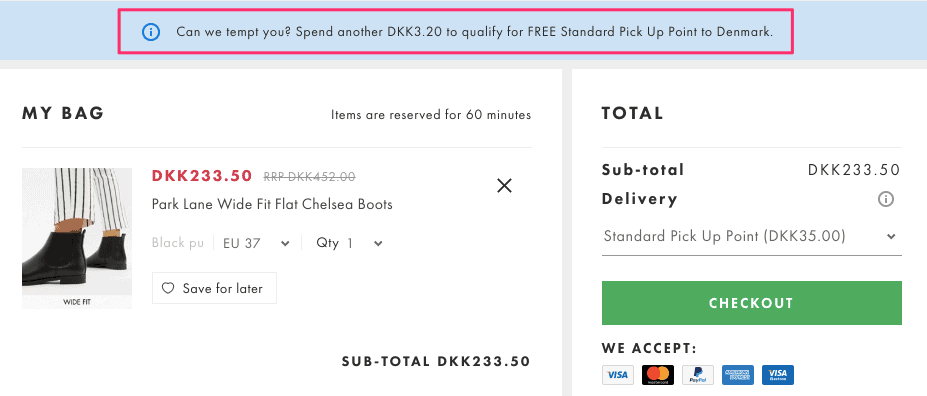
A better way to use this strategy is to combine news on the website with product recommendations.
Such a campaign could look like this:
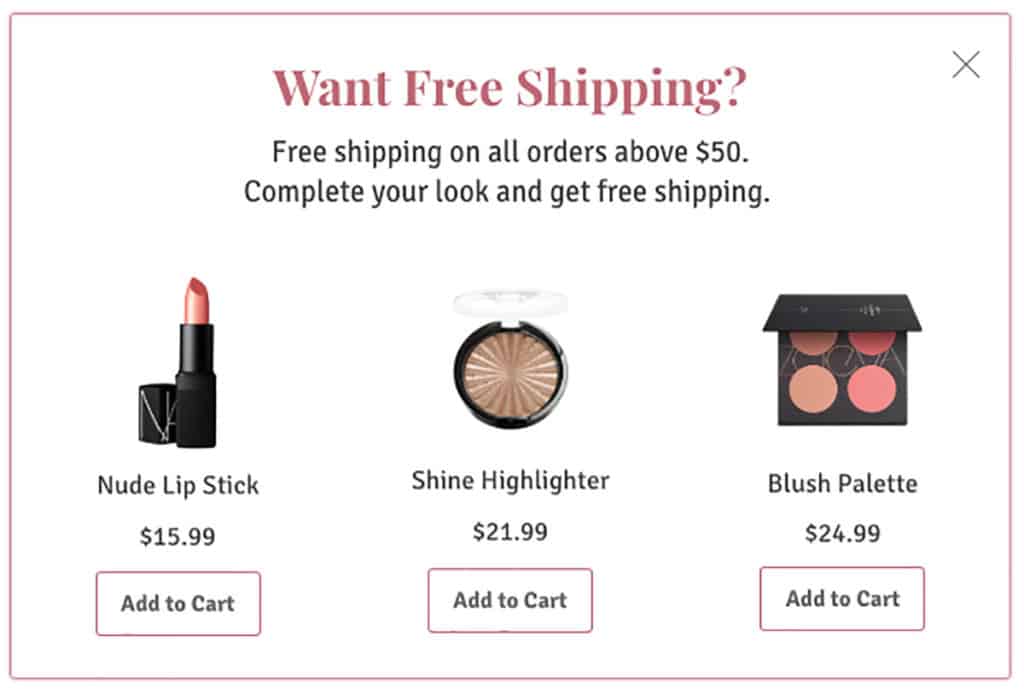
8.Send behavior-based emails
Whether you know it or not, you have tons of valuable information about your subscribers.
They leave a mark with every page they visit on your website, every link they click in your emails, and every product they add to their shopping cart.
With this information, which you have collected via cookies, you can personalize the visitors’ shopping experience and achieve higher conversion rates.
Fortunately, e-commerce email marketing is no different.
You can create targeted email campaigns based on your visitors’ behavior and help them take the final step.
One of the most common examples of behavioral emails is an abandoned cart email.
Some visitors get distracted continuously and leave your online store empty-handed.
And that costs you a ton of potential revenue – unless you do something about it.
Here is an example of an email for an abandoned cart from Fanchest:
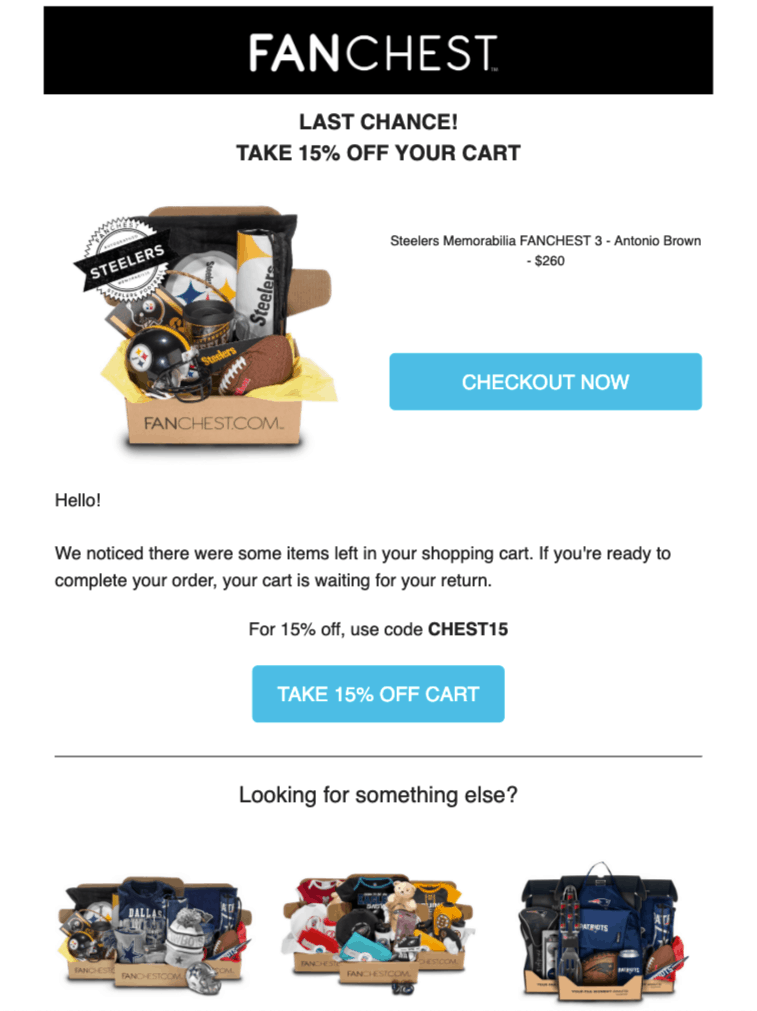
If you leave something in your cart, you will receive multiple emails from Fanciest. First, they remind you of your shopping cart items. Then they offer you a 10% discount. Lastly, they send the email that says, “Last Chance,” listing 15% of your cart items.
This email is an excellent example of the following:
- It shows items from my shopping cart;
- Give me an incentive to return;
- Recommends similar products to me;
- Contains urgency.
However, be careful with this discount strategy. You don’t want visitors to leave their shopping cart to get a better deal purposely.
A relatively new type of email is the notepad for reminder emails.
Adding products to a wish list indicates a purchase intent that should not be ignored.
Encourage visitors to use your wishlist and remind them of these items with behavioral, automated emails. Set up a lead rating system and send your subscribers targeted emails to the wishlist if they visit a category page five times in a month.
Combine it with the fear of missing out (FOMO) for better results.
Here is an email I recently received from One Kings Lane:
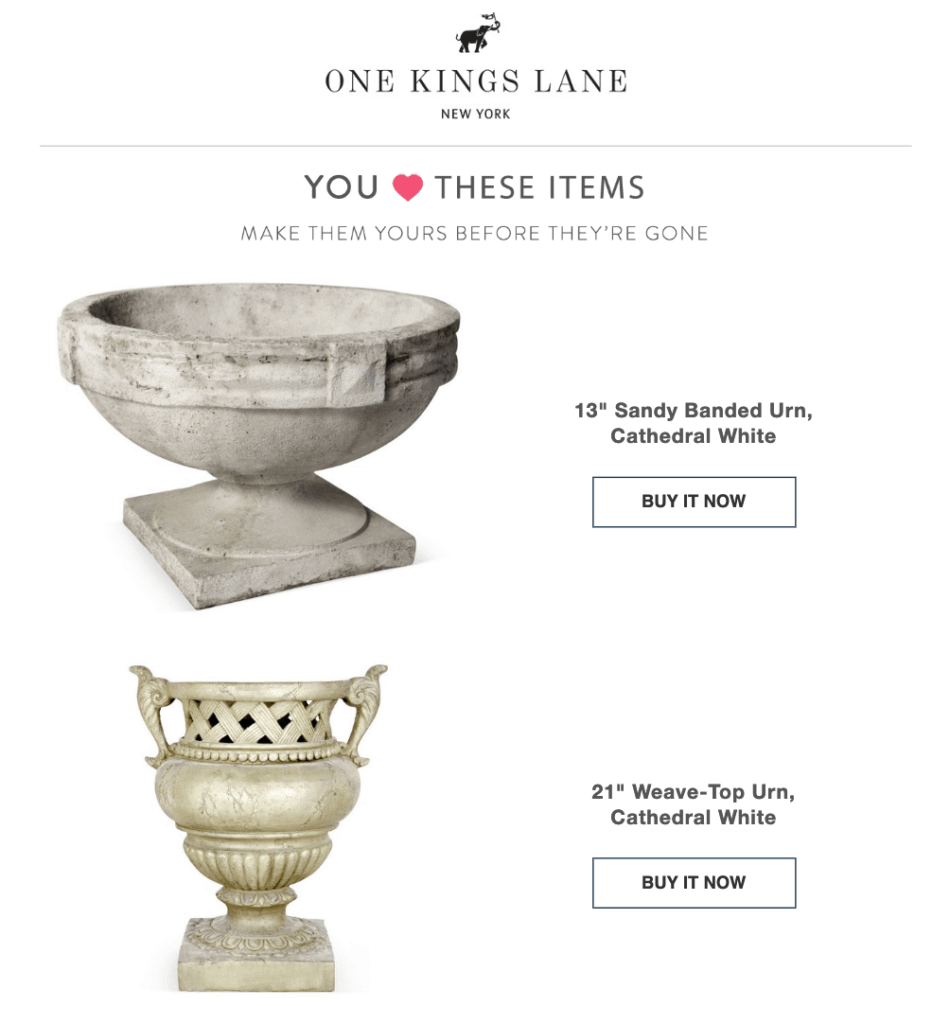
The company reminds me of the items I favored a while back and advises me about the lack of availability.
They contain the same trigger in the subject line of the email: “Going, going… Items you are almost gone!”
(On the go, on the go … items you love are almost gone!)
And they recommend similar products to me at the end of the email.
If you want to make this type of email more attractive, add a discount code that only applies to the wishlist items.
Step 4: Loyalty
Congratulations!
You’ve managed to get your prospect down.
And now the fun part begins: make them come back and buy again.
With an effective customer loyalty strategy, repeat customers are the most critical drivers of your sales.
Studies suggest that regular customers are nine times more likely to generate sales than new customers and spend more per transaction.
You can use your existing customers optimally and increase your sales.
9.Promote your loyalty program
Even if it looks like the end of the customer journey for many, a well-thought-out thank you page can skyrocket your sales.
Depending on your conversion goals, there are several ways you can tweak your thank you pages: ask for recommendations, take a survey, nurture your leads, and much more.
Promoting your loyalty program on thank you pages is an effective way to give customers a reason to return to your website and add value to customer longevity.
With an effective loyalty program, you can encourage customers to go down the sales funnel and get them to come back to learn more.
After a transaction is a perfect time to promote your loyalty program, they can capture the excitement and appreciate customers for buying from you.
Introducing your loyalty program to visitors who have just become customers will make you feel exclusive and belonging too. So don’t forget that the thank you page makes them feel special.
Setting up a timed trigger campaign upon receipt or thanking, you can help you get your loyalty program to the right people at the right time.
It could look like that:
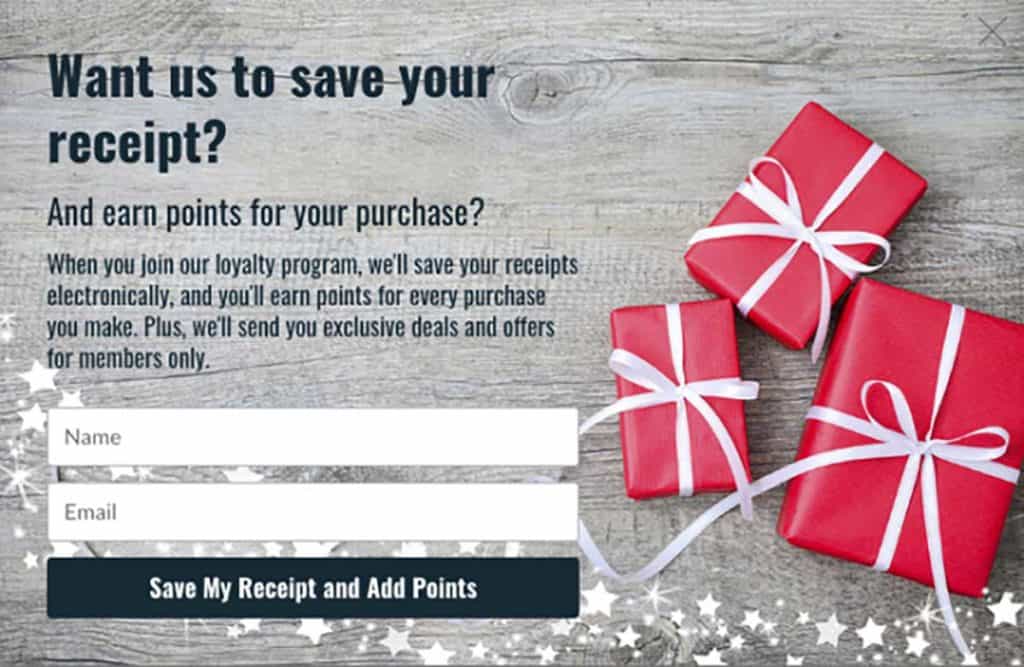
10.Get more customers with referral marketing
Asking a customer to come back to your website to shop again is an effective way to increase sales.
But why should you stop there?
Your existing customers can return to your site and acquire new customers at the same time.
Referrals can work wonders for eCommerce websites, with 84% of consumers in one study saying they trust recommendations from people they know.
With referral marketing, happy customers bring you many others, and you make more sales with autopilot.
The key to a powerful referral marketing strategy is to provide the referrer with a substantial incentive, e.g., B. a discount on the next order, credit, free samples, or gift cards.
And make sure that there is something for the new customer too.
Away has a section on the website dedicated to recommendations from friends:
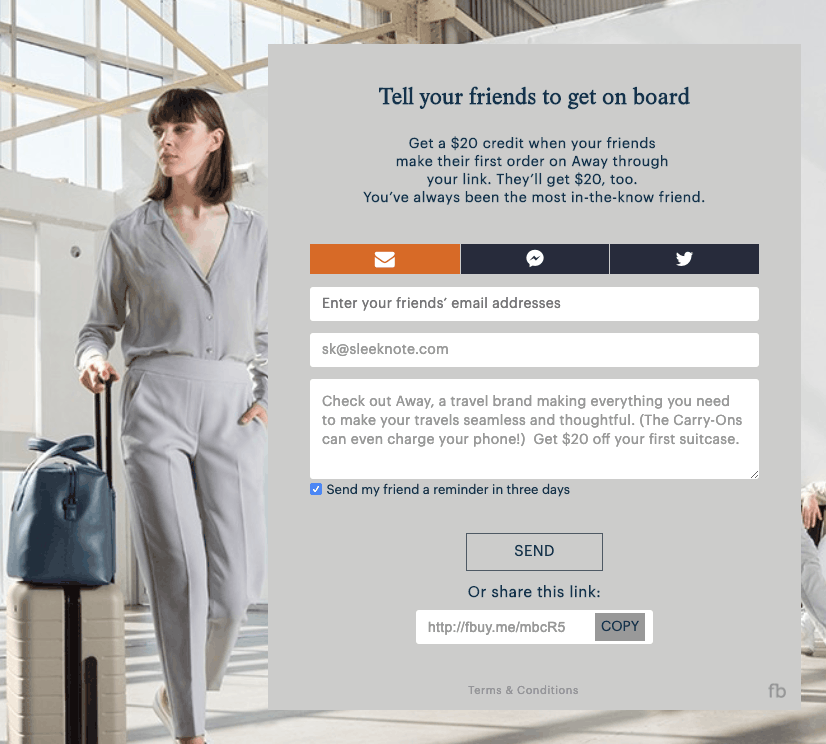
The company offers you $ 20 credit for each friend who places their first order through your referral link. And your friend gets $ 20 too. So there is an incentive for both sides.
The form comes with pre-written text, so you don’t have to think about what to write to your friend without sounding awkward.
You can decide which channel to use for referrals as Away gives you four options: email, Facebook Messenger, Twitter, or link sharing.
You will also be asked to send your friend a follow-up within three days. The option is already selected. The company wants to make sure that your email address doesn’t go unnoticed.
Away also advertises its referral program with email marketing from time to time. This is what one of the recommendation emails looks like:
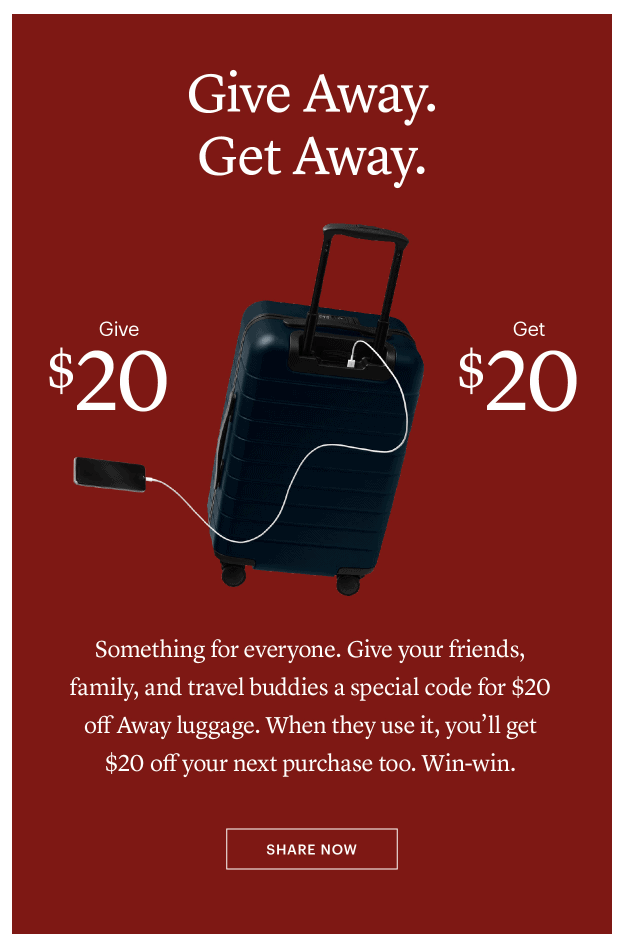
Similar to Strategy # 9, you can create a campaign that triggers after check-out and reminds customers to join your referral program.
You can easily set up a third-party tool like Friendbuy to track and manage your referrals.
Note that Away’s referral program is only available in the United States. If you do business in Europe, make sure you get legal advice on GDPR.
11.Engage your customers
Recall the shape of the eCommerce sales funnel and what it means: only a selection of your customers will become brand loyalists.
However, the good news is that there is a 32% chance your first-time customers will make a second purchase from you.
And email marketing is the perfect tool for doing that.
Email campaigns targeting existing customers can help you express how much you appreciate them while engaging them with a gentle nudge.
Celebrating milestones and sharing insights about your business is an excellent opportunity to re-engage your customer base.
See how Allbirds do it with an animated GIF and a big thank you:
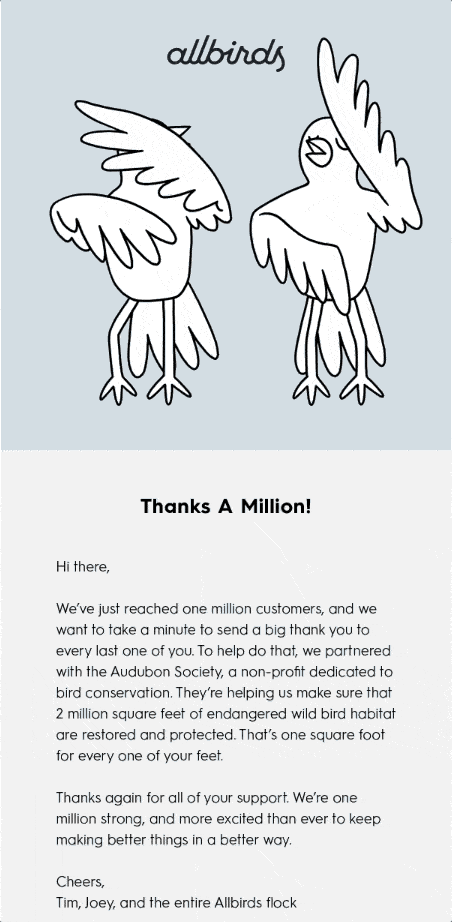
In fact, this email goes beyond a simple thank you. It contains meaningful social evidence related to the number of customers Allbirds reached.
Milestones or random, heartfelt thank you messages will help you keep track of your brand.
If you want to make more use of your email list, try adding an incentive to your appreciation emails just like Moo does:

The company doesn’t just praise you for being great. They also give you a 20% discount to entice you to visit their ecommerce website again.
When collecting birthday information from your customers, celebrate it with a personal message and a valuable incentive.
This is how Saucey does it:
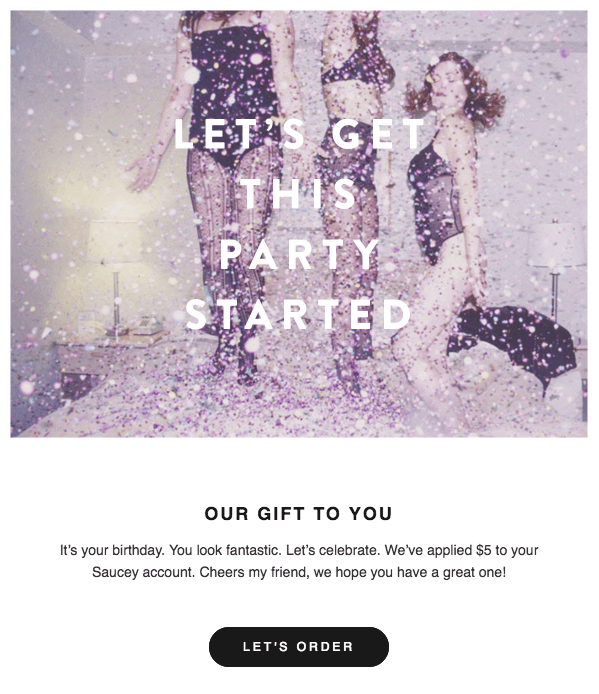
The company wants to create an emotional bond with you on your special day and is offering you a discount. To make it easier for you, apply the discount directly to your account. So all you have to do is visit them and place an order.
They will win your hearts on your birthday and you will hopefully become a loyal customer.
Conclusion
Regardless of what you’re selling, your prospects will go through these four stages in their buyer’s journey.
Some will jump through the stages quickly, while others will take months to convince, if not longer.
The key here is knowing how your prospects are moving through your eCommerce sales funnel and using that information to optimize each stage for higher conversions.
I hope you will start implementing some of these strategies today and notice the increase in your eCommerce conversions right away.
